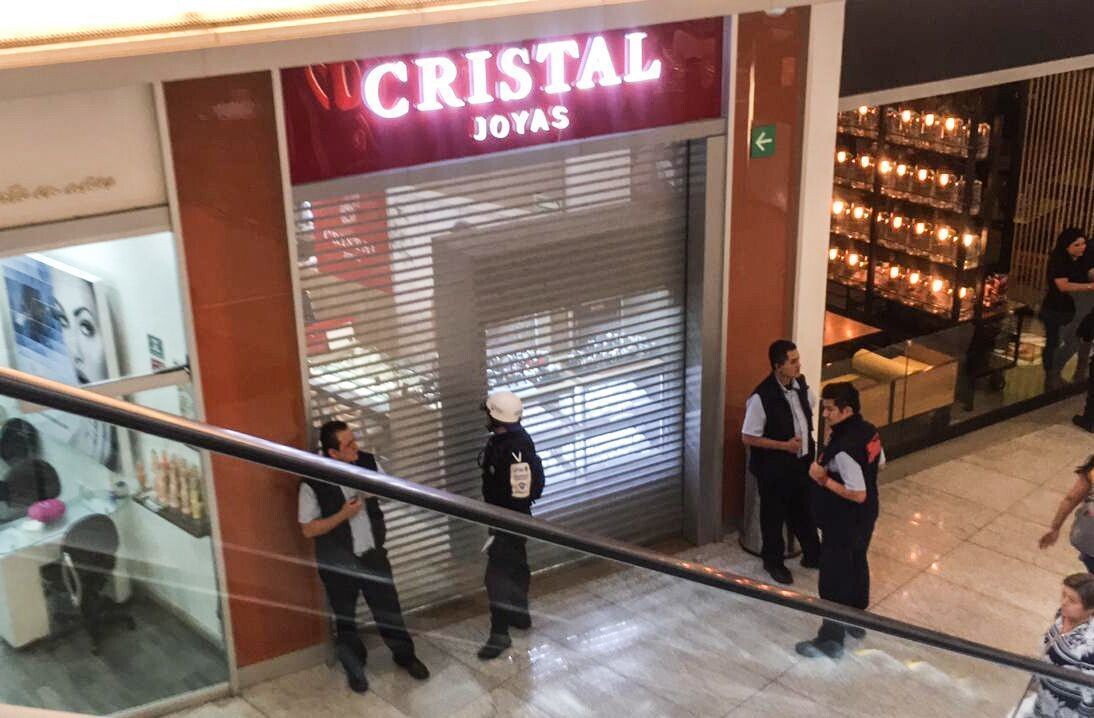
The increasing insecurity in Mexico has resulted in significant losses in the country's shopping centers, exceeding 13 billion pesos annually. This phenomenon affects both large establishments and small businesses, which face extortion and the economic pressure of organized crime.
Eduardo Lozano, general director of the Mexican Association of Shopping Centers (AMPC), mentioned in an interview that crime and organized crime cause annual losses to the industry of more than 13 billion pesos. Lozano highlighted that theft in self-service stores has increased by more than 40 percent.
Lozano also noted that extortion has intensified in the past year and has become one of the most serious problems for businesses in shopping centers. Small businesses may end up paying up to 25 percent of their profits as extortion, significantly reducing their daily income.
Alberto Capella, former Secretary of Public Security of Tijuana, Morelos, and Quintana Roo and founding partner of AC Consultores, warned that extortion has become one of the main sources of income for organized crime in Mexico. With 175 active criminal organizations in 81 percent of the national territory, these organizations have a presence in most of the country and can affect a large part of the Mexican population.
Cuauhtémoc Rivera, president of the National Association of Small Traders (ANPEC), pointed out that 41 percent of small businesses in Mexico have reported significant losses due to extortion threats. The fear of being victims of crime has led 80 percent of merchants to reduce their operation hours, closing early and limiting customer access.
In recent examples, criminals have committed thefts in jewelry stores in shopping centers, resulting in considerable economic losses. For instance, a group of criminals stole a safe valued at 1.3 million pesos when they raided a jewelry store in Coacalco, and on another occasion at Parque Delta, assailants threatened workers and took valuable items.
Given this situation, business owners in shopping centers prefer not to report threats due to fear for their safety and the perception that the police are colluding with criminal groups. The lack of a solid institutional strategy could lead to extortion becoming the third most lucrative activity for organized crime in the coming years, after drug trafficking and fuel theft.














